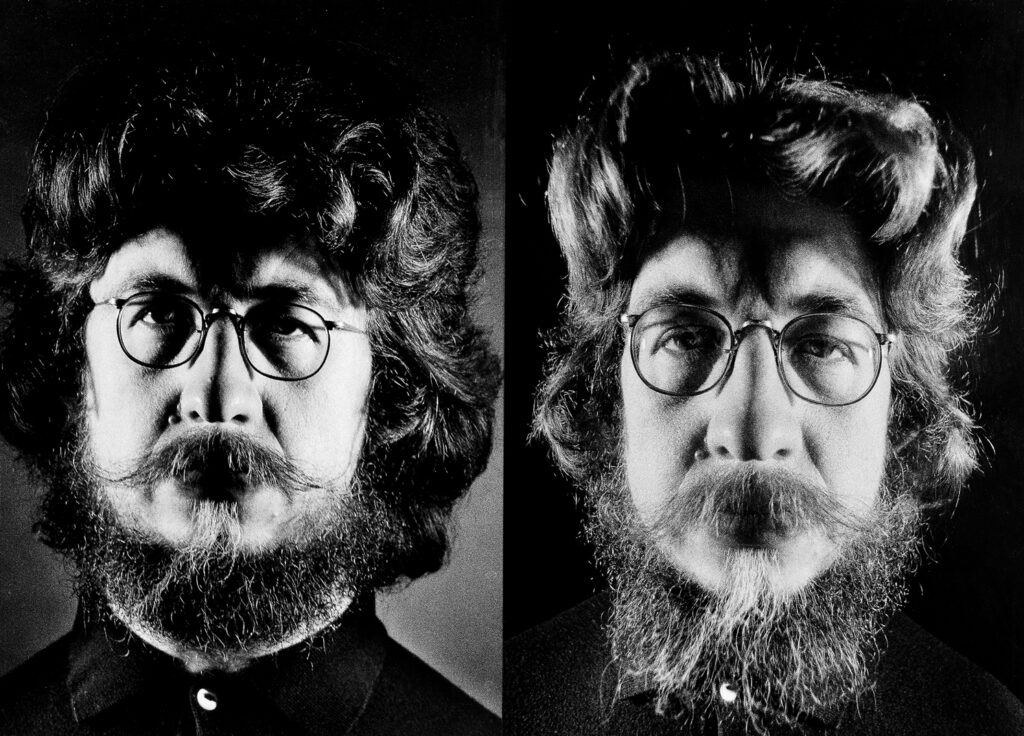8. LENSES. FOR DAVIDE MOSCONI, PHOTOGRAPHER, 1972
Generally speaking, in textbooks written for a popular readership there is a sequence of pictures of the same
landscape taken using different lenses: from the totality of the landscape by successive phases down to its smallest
detail.
A mechanical explanation is offered, concerning, that is, the ability of lenses to bring the viewer up close to
something or farther away from it, to reduce or to enlarge the field. Instead, the explanation should be understood
in a linguistic sense: using a wide-angle or a telephoto lens to reproduce the same image means already offering
two different interpretations. In the former, the face will be distorted in the manner of a caricature, because the parts
in the foreground will appear to be larger than would be the case were a normal lens to be used, while the more distant parts will be fleeting or even eliminated. In the latter image all the elements are brought to the same level, while the protruding
elements are lined up by the depth of the field, with accentuating, favourable results. The face, the figure, the
attitude, are identical here: but the two photographs are profoundly different.
